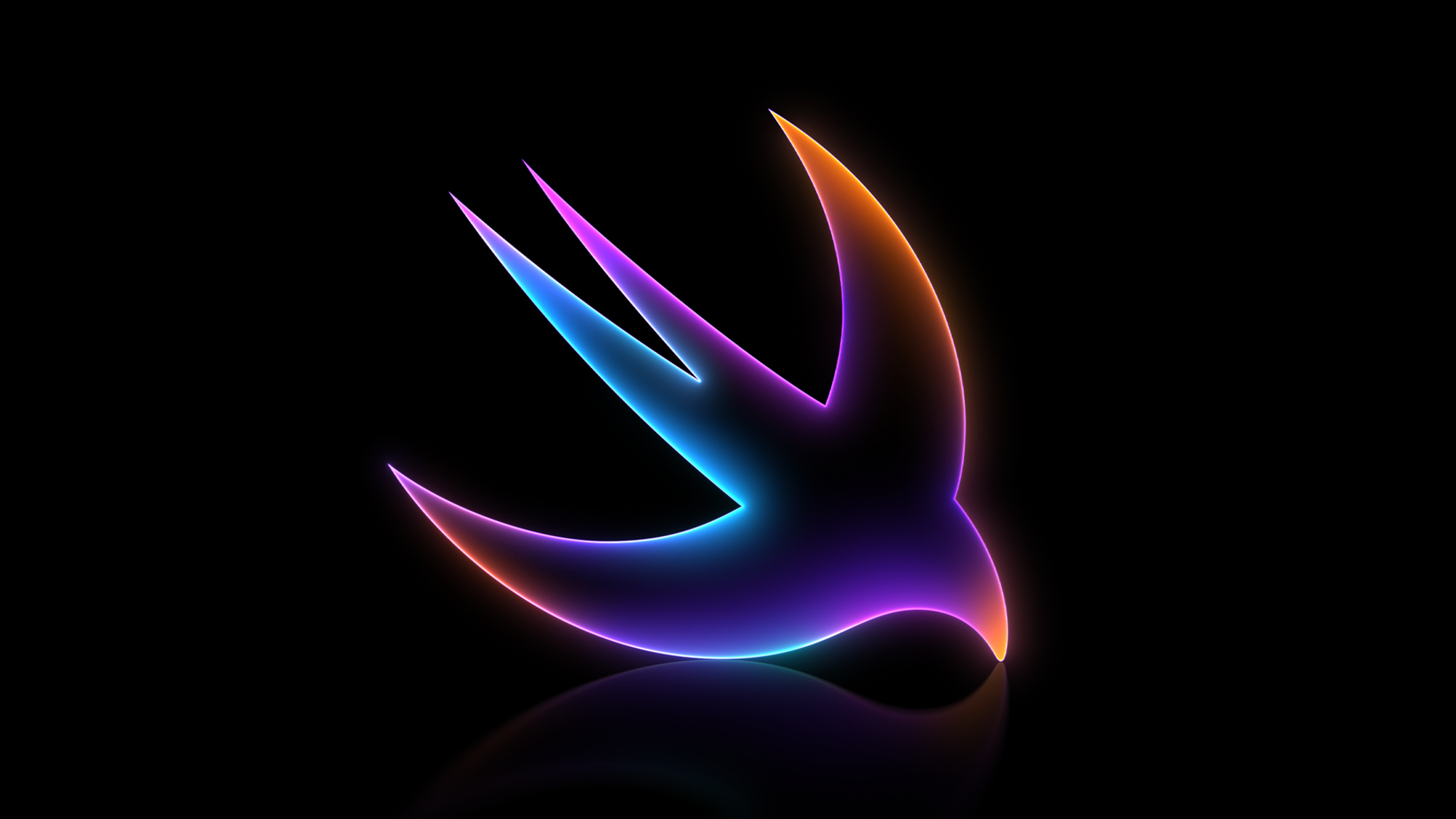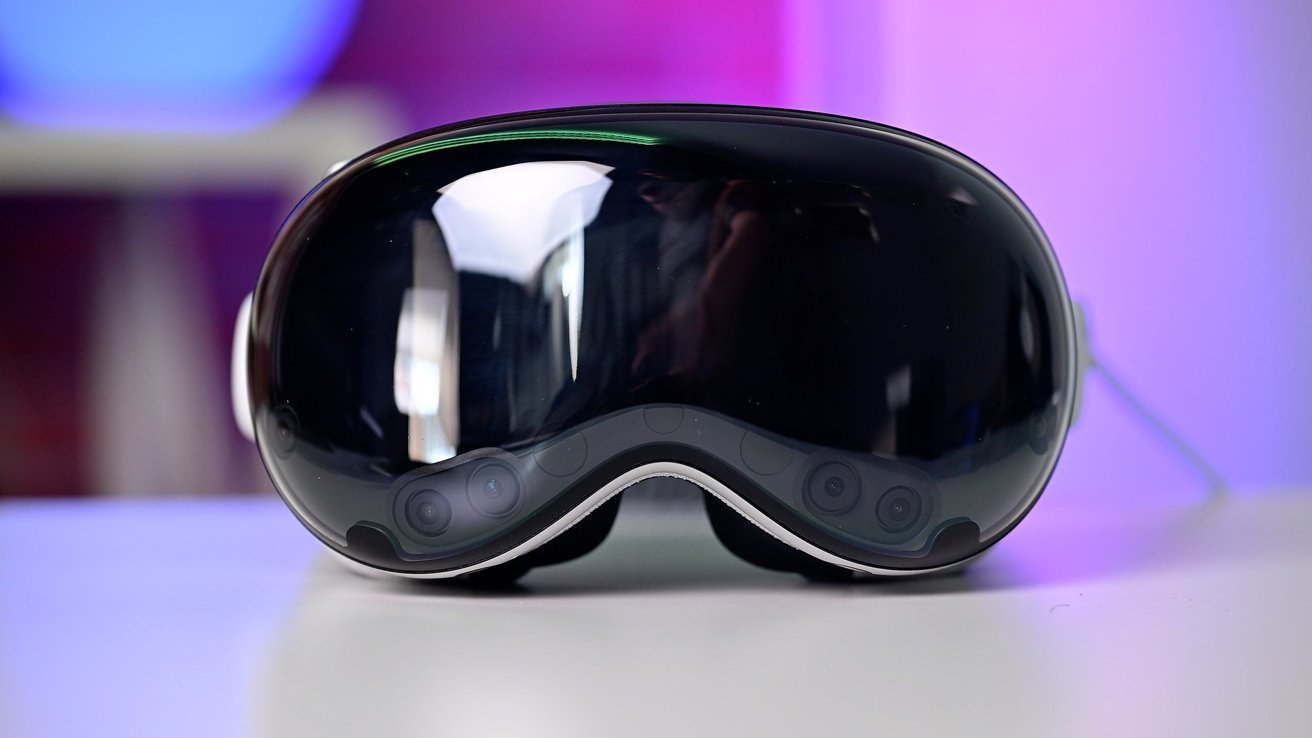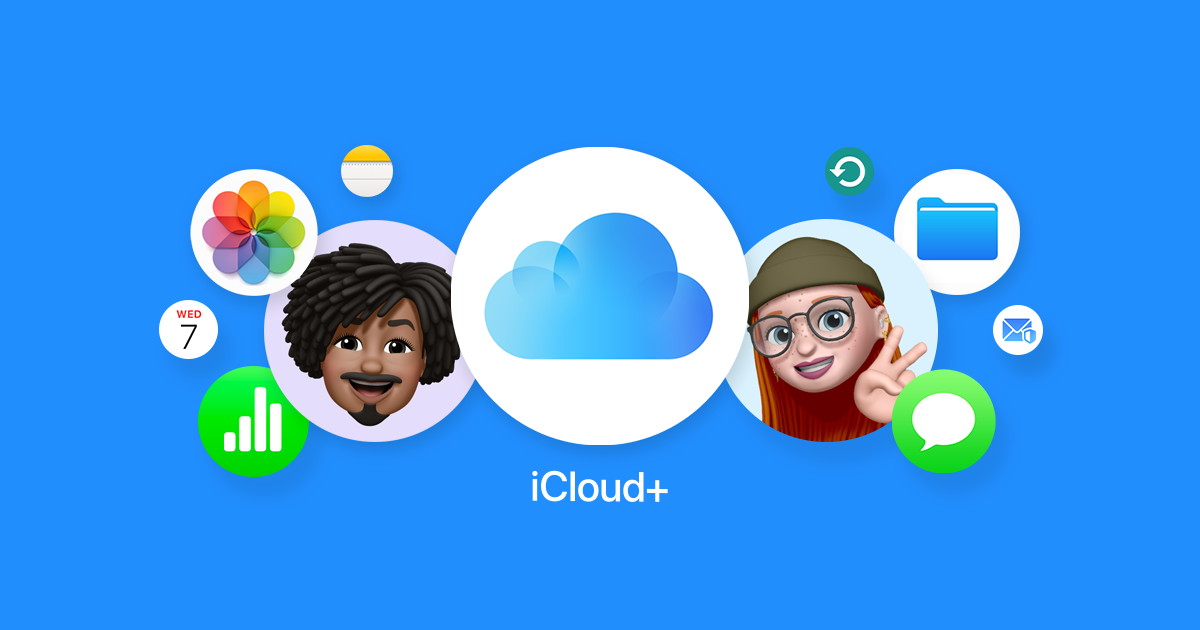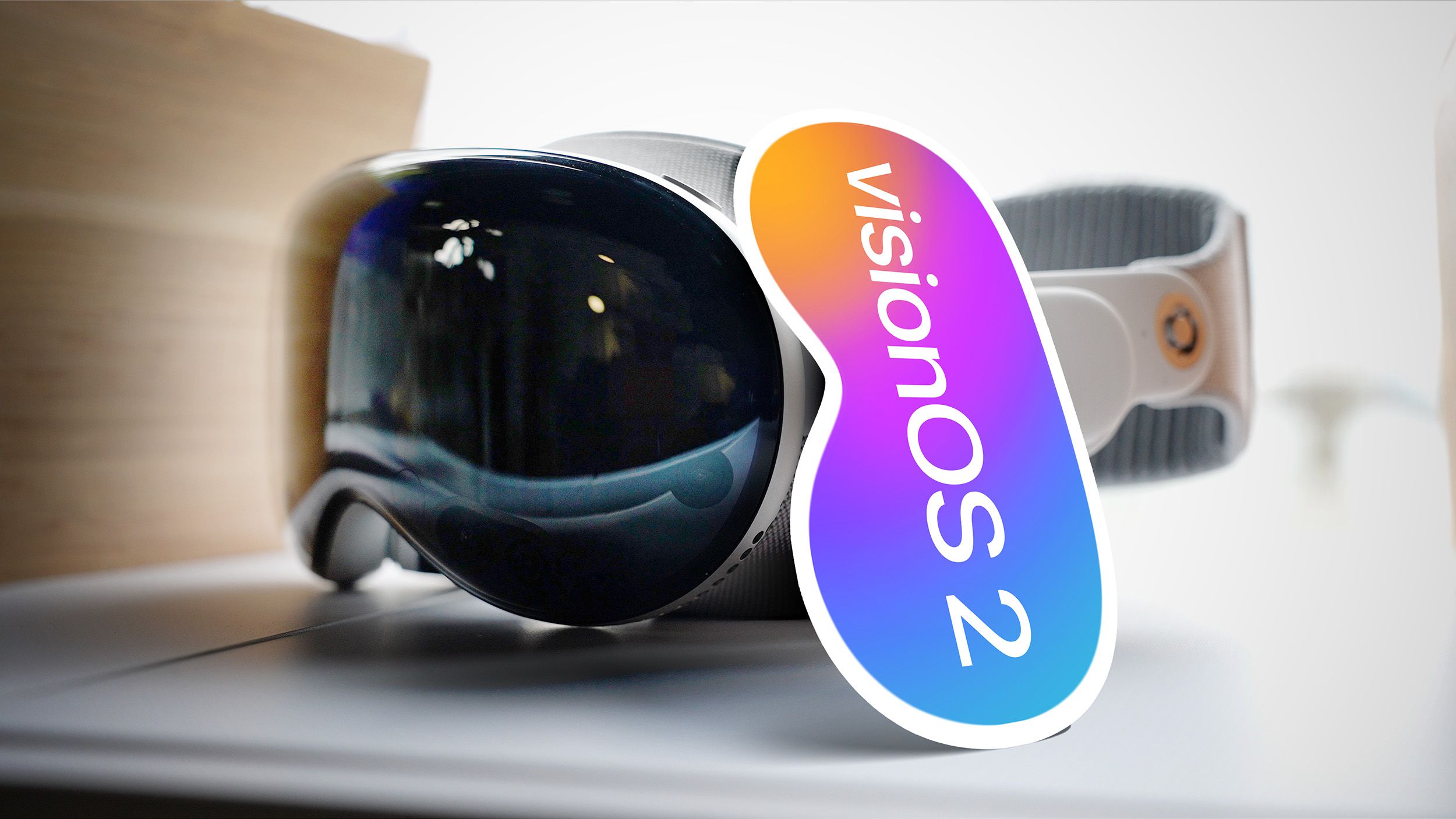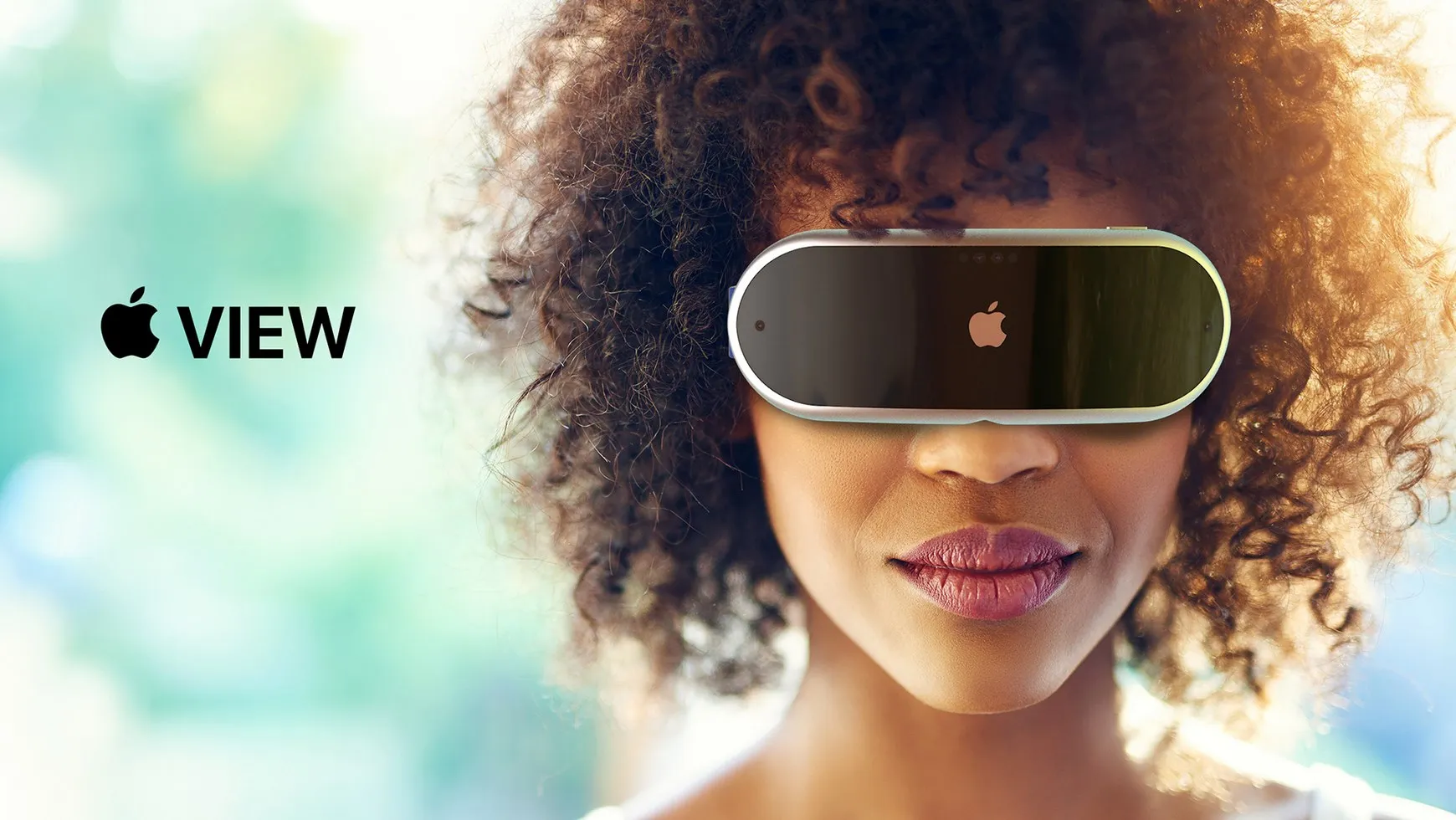This weekend, Apple announced that they are sharing Swift Build with the world, making it open source. This tool is used for creating software both in Xcode, which is where many apps for the App Store come from and for Apple’s own projects. Apple also gave a slight name change to Swift Playground, their app where you can learn to code in Swift on iPads and Macs…
Apple Shares Swift Build with Everyone
On Saturday, Apple shared some big news. As Swift grows, it’s important to have tools that work the same way no matter where you’re building your software.
By opening up Swift Build, Apple is giving everyone access to a tool that’s both strong and adaptable for making Swift projects. This is the same tool used in Xcode, which has helped create millions of apps, and it’s also how Apple builds its systems. Apple explained that this move would clear up any mix-ups from having different building methods, opening the door for new features.
Until now, building with Xcode was different from building with Swift Package Manager, which can confuse users. By sharing Xcode’s building tool and working on it openly with the community, Apple aims to fix these issues and make building software in Swift better for everyone. This step forward will allow for new improvements across all devices and tools, making everything run smoother and giving developers more options. You can now find Swift Build on GitHub.
Swift Playground Gets a Name Update
John Gruber noticed that Apple has also updated Swift Playground, changing it from plural to singular. A small but interesting change in Apple’s app for learning and playing with Swift: it’s now called Playground, not Playgrounds. This name change might not seem like a big deal, but it makes sense. The app itself is your playground for experimenting with Swift, not just a place to make more playgrounds.
